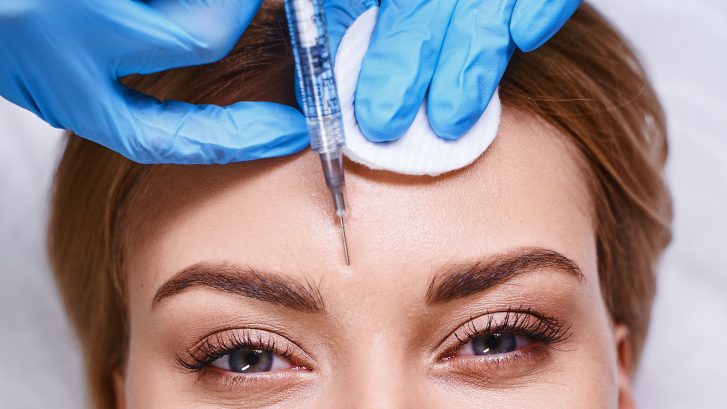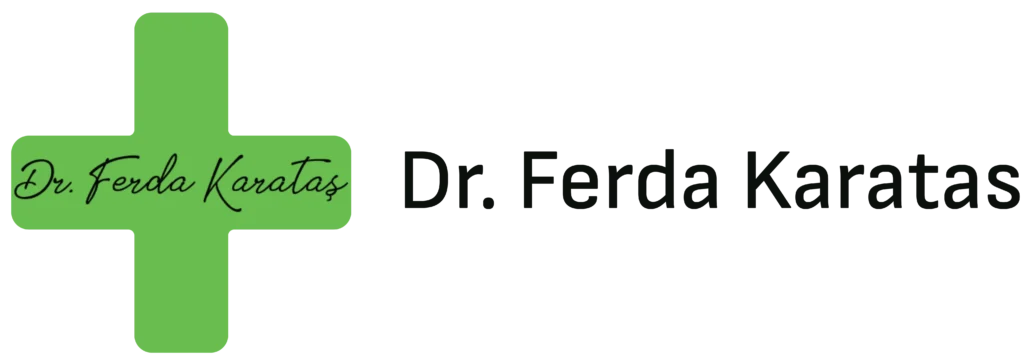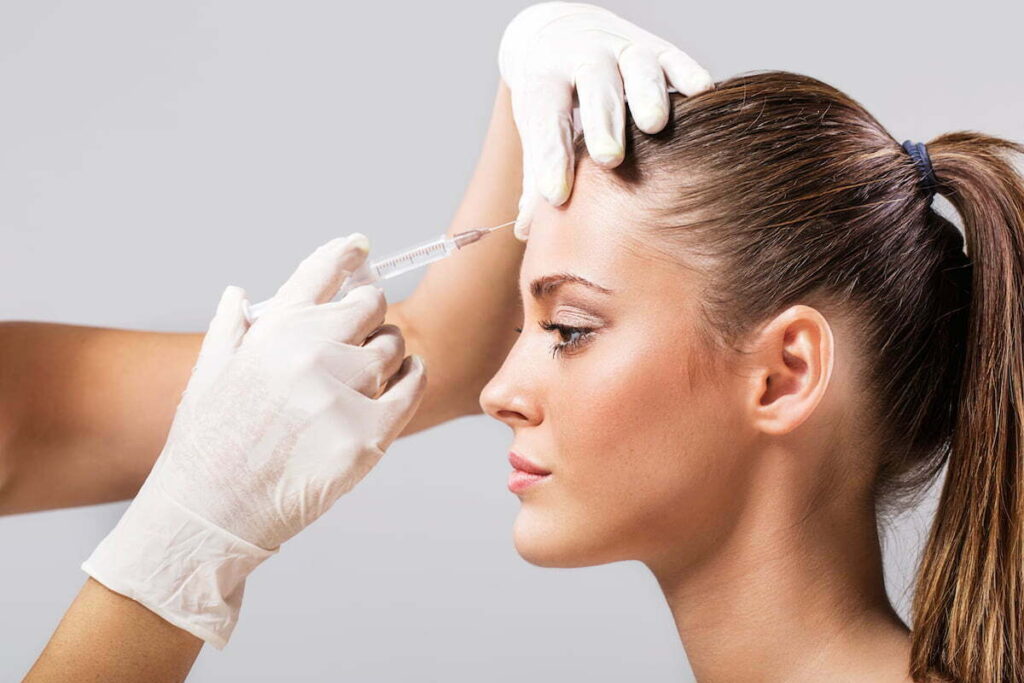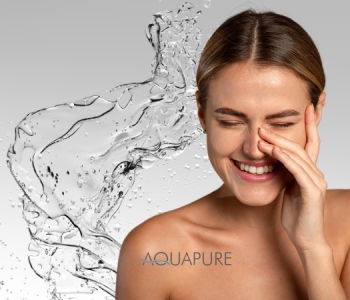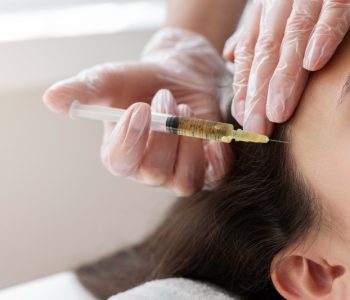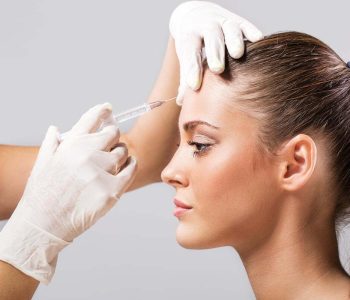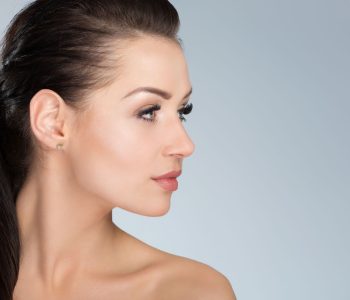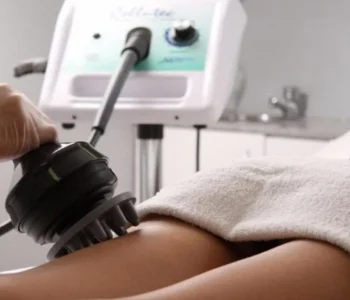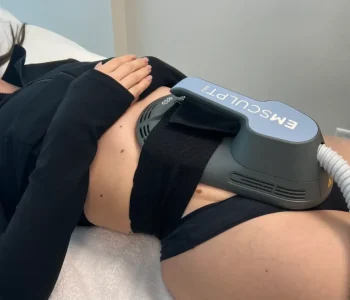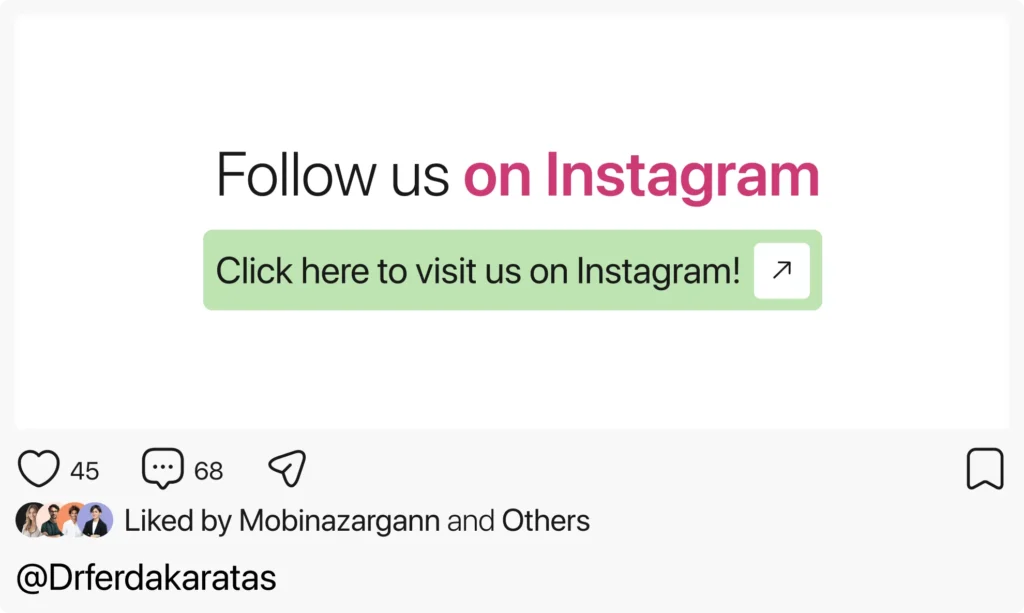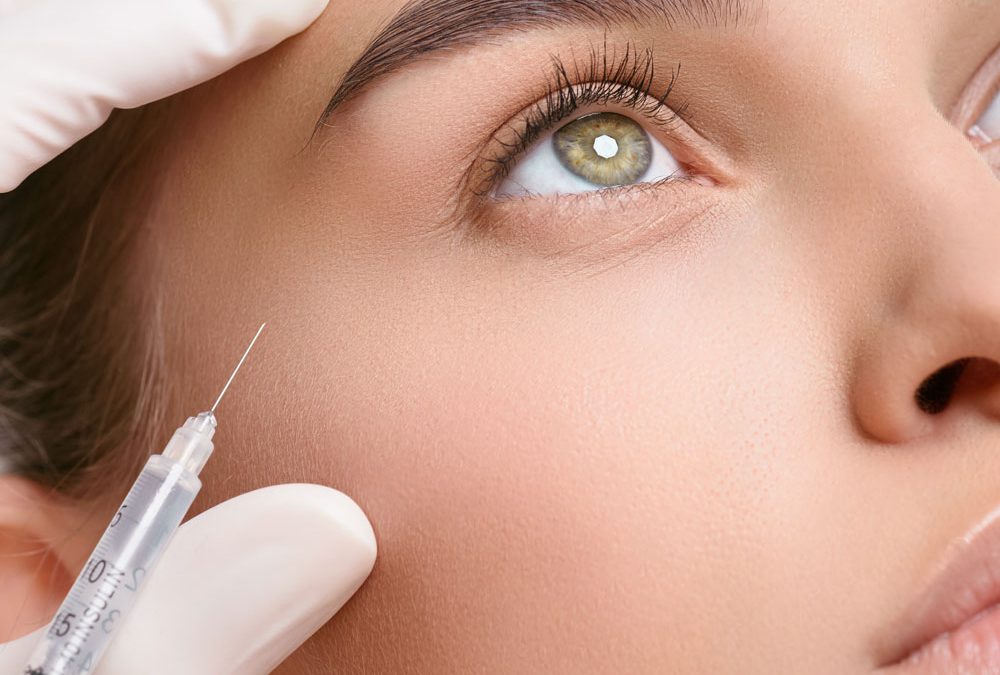
Botoks nedir?
Botoks (Botulinum toksini), *Clostridium botulinum* bakterileri tarafından üretilen bir toksindir. Sinir iletimini kolaylaştıran kimyasalların salınımını bloke ederek çalışır, böylece sinirler ve hedef organlar arasındaki sinyalleri engeller. Bu iletişim kesintisi, etkilenen organın işlevinde azalmaya veya tamamen durmaya yol açar. Estetik ve kozmetik alanında botoks, mimik kas hareketlerinden kaynaklanan kırışıklıkların yumuşatılması, oluşumunun engellenmesi, belirli bölgelerdeki aşırı terlemenin azaltılması ve kronik migren tedavisinde yaygın olarak kullanılmaktadır.
Botoks Hangi Alanlarda Kullanılır?
1. Kırışıklık Tedavisi:
Botoks estetik amaçlı en sık kullanılan yöntemlerden biridir. Alın, kaş arası, göz çevresi gibi yüz kaslarının hareketleri sonucu oluşan kırışıklıkların tedavisinde etkilidir. Botoks ince çizgileri yumuşatmada ve yaşlanma belirtilerini hafifletmede başarılıdır. Düzenli bakımlar kırışıklıkların derinleşmesini önlerken, daha genç ve pürüzsüz bir görünüm sağlar.
2. Masseter Botoks: Masseter Botoks, çene kaslarının aşırı büyümesinden dolayı yüzdeki kare görünümünü azaltmak ve çene hattını inceltmek için kullanılır. Diş gıcırdatma, sıkma gibi sorunların tedavisinde de tercih edilmektedir. Masseter kasına enjekte edilen botoks kasın gücünü azaltarak hem fonksiyonel hem de estetik iyileşme sağlar. Bu, çene hattının daha yumuşak ve daha simetrik bir görünüme sahip olmasını sağlar.
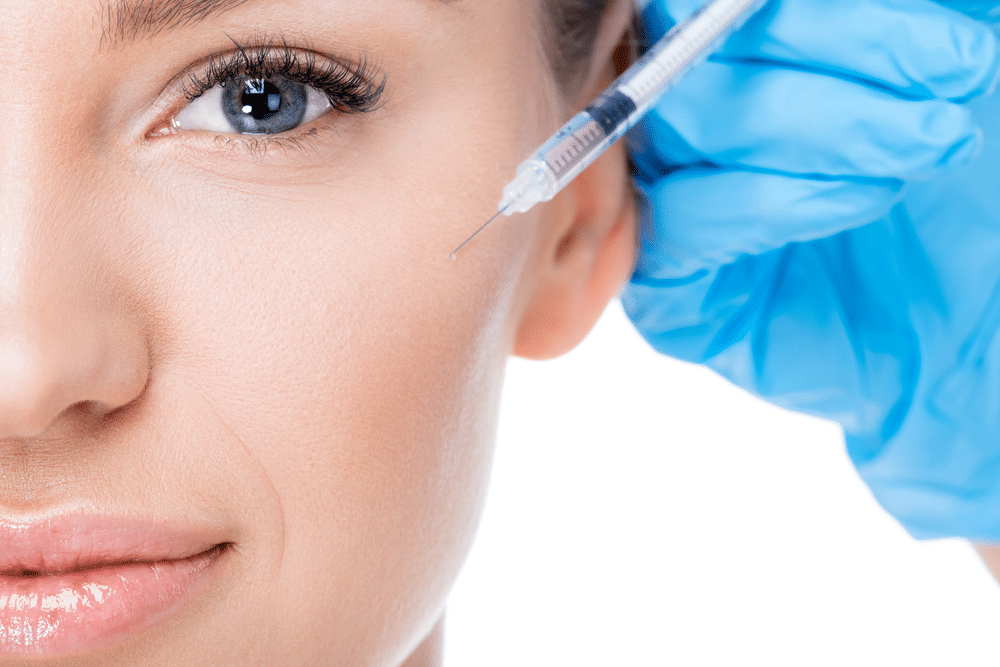
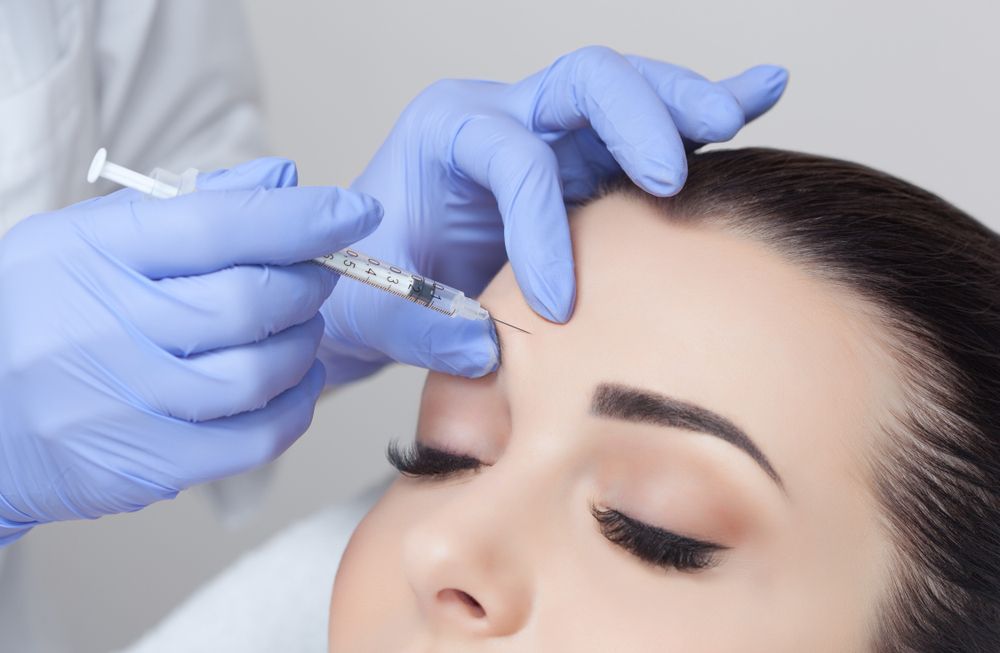
3. Migren Tedavisi:
Botoks kronik migren hastaları için etkili bir tedavi yöntemidir. Botoks, baş ve boyundaki belirli noktalara enjekte edildiğinde sinir iletimini bloke ederek migren ataklarının sıklığını ve şiddetini azaltır. Düzenli kullanım, hastaların yaşam kalitesini önemli ölçüde artırabilir ve ilaç ihtiyacını azaltabilir.
4. Aşırı Terleme Tedavisi:
Botoks, kozmetik uygulamalarının yanı sıra aşırı terlemenin (hiperhidroz) tedavisinde de oldukça etkilidir. Tipik olarak koltuk altı, avuç içi ve ayak tabanı gibi bölgelere yapılan botoks enjeksiyonları, ter bezlerine giden sinir sinyallerini bloke ederek terlemeyi önemli ölçüde azaltır. Bu tedavi aşırı terlemenin neden olduğu rahatsızlıkları önler ve kişinin yaşam kalitesini artırır.
Botoks Hangi Bölgelere Uygulanır?
– Alın, kaş arası ve göz çevresi: Yüz kas hareketlerinden kaynaklanan kırışıklıkların tedavisi.
– Gummy Smile (Aşırı Diş Eti Gösterimi): Gülerken diş eti görünürlüğünü azaltmak için üst dudak ve burun birleşim noktasına botoks uygulanır.
– Masseter Botoksu: Diş gıcırdatan veya aşırı sıkan bireylerde çene kaslarının kasılmasını azaltarak çene hattını inceltir.
– Dudak Bölgesi: Özellikle öğretmenlik, yayıncılık gibi mesleklerde çalışan kişilerde dudak çevresinde oluşan kırışıklıkları azaltır.
– Boyun: Uzun, gergin bir boyun görünümü oluşturmak için boyun kaslarına botoks uygulanır (Kleopatra boynu).
– Terleme Tedavisi: Koltuk altı, avuç içi, ayak tabanı gibi bölgelerdeki aşırı terlemeyi azaltır.
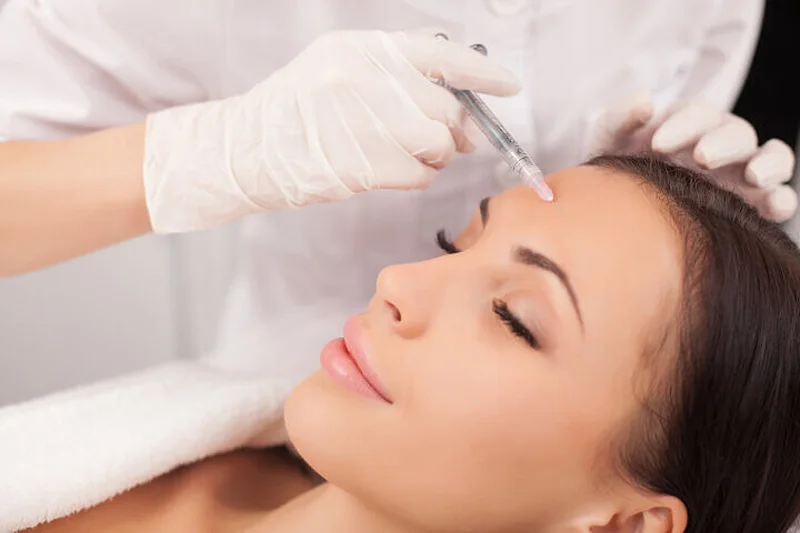

Botoks Nasıl Yapılır?
Botoks, ince bir iğne kullanılarak hedef kaslara küçük dozlar enjekte edilerek uygulanır. İşlem sırasında rahatsızlığı en aza indirgemek ve tedaviyi neredeyse ağrısız hale getirmek için lokal anestezik krem kullanılabilir. Enjeksiyon genellikle 10-15 dakika sürer ve etkiler genellikle 3-7 gün içinde görülmeye başlar. İşlem sonrasında hastalar günlük aktivitelerine hemen dönebilmektedirler.
Botoksun Maliyeti Ne Kadar?
Türkiye’de Sağlık Bakanlığı’na bağlı lisanslı sağlık kuruluşlarının estetik işlem maliyetlerini online olarak paylaşmasına mevzuat gereği izin verilmemektedir. Doğru fiyat bilgisi için doğrudan Dr. Ferda Karataş – Medikal Estetik ile iletişime geçmenizi öneririz. Web sitemizde iletişim bilgilerimize ulaşabilir ve uzman ekibimizle fiyatlandırma hakkında bilgi alabilirsiniz.
